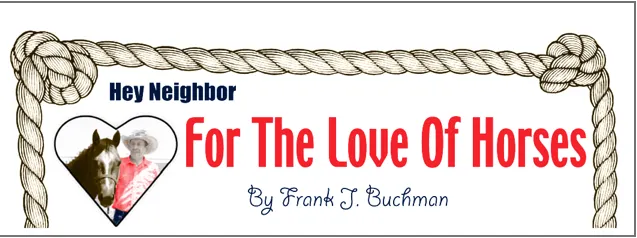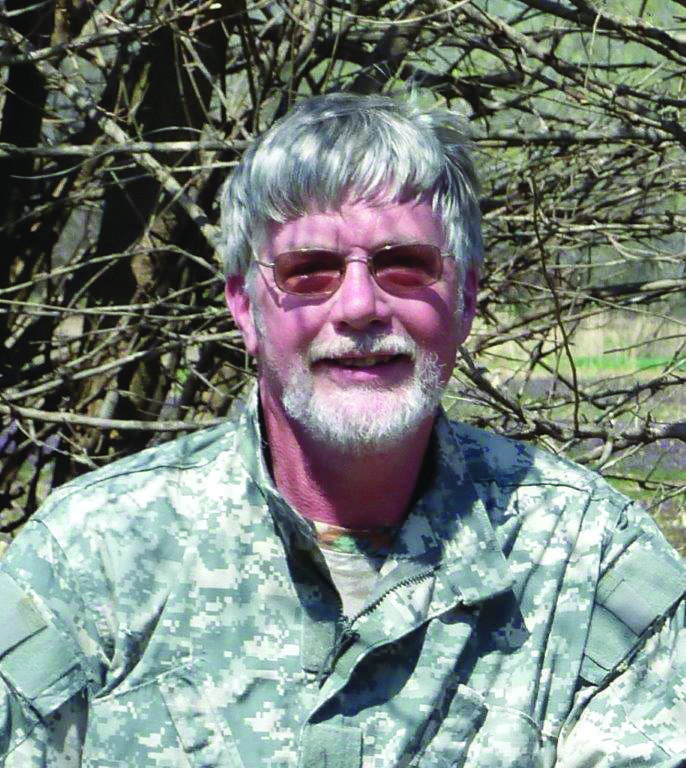Lonesome Pine Ranch, Cedar Point, won the Fall Ranch Rodeo sponsored by the Morris County Youth Rodeo Association at Council Grove.
Team members are Travis Duncan, Bud Higgs, Troy Higgs, and Bo Krueger, according to Amy Allen, rodeo secretary.
Enroute to championship buckles and a check, Lonesome Pine placed first in team penning, and steer branding as well as second in team roping and fourth in double mugging.
Second place team was Rezac Land & Livestock from Pottawatomie County, while Lilley Performance Horses, Council Grove, placed third.
Slash N won the junior ranch rodeo with team members Hudson Lange and Riley Williams, both of Council Grove, and Avery Hastings, Wilsey. The team placed first in ribbon roping and third in team penning.
Wilson Ranch and T4 Ranch tied for second place junior team honors.
+++30+++
CUTLINES
Lonesome Pine Ranch, Cedar Point, with Bo Krueger, Travis Duncan, Bud Higgs, and Troy Higgs won the Fall Ranch Rodeo Association sponsored by the Morris County Youth Rodeo at Council Grove. (Amy Allen photo)
Slash N won the junior ranch rodeo at Council Grove with team members Avery Hastings, Wilsey; Hudson Lange and Riley Williams, both of Council Grove. (Amy Allen photo)
Investigation Fails To Find Reason For Churchill Downs Horse Deaths
Churchill Downs, home to the Kentucky Derby, has reopened to racing after shutting down for the summer to investigate a number of horse deaths.
The Horseracing Integrity and Safety Authority (HISA) announced that it could not “identify any singular explanation” for a cluster of horse deaths at Churchill Downs,
Racing was suspended for its spring-summer meet following 12 horse deaths, including seven in the run-up to the Kentucky Derby.
The investigation by HISA, a watchdog group created by a federal act in 2020 and fully implemented in May after overcoming lawsuits from industry opponents, examined whether conditions at Churchill Downs contributed to the cluster of horse deaths.
Racetrack surface expert Dennis Moore, hired by HISA to provide an independent review of the track, found the condition of the surface was unchanged from previous years.
He concluded that the metrics did not indicate a correlation between the track surface and the equine catastrophic injuries sustained during the race meets.
Alina Vale, official veterinarian for the California Horse Racing Board who was brought in by HISA, examined the necropsies performed on the 12 dead horses and found “no identifiable pattern that pointed towards a single causal factor of the fatalities.”
Vale also found that none of the 12 horses tested positive for prohibited substances. But another veterinary expert, Susan Stover of UC Davis, found the 12 horses had run more races in their career than the average racehorse.
“Analysis of training histories did indicate an increased risk profile for some of the horses due to the frequency and cadence of their exercise and racing schedules,” the report said.
HISA also said it found no rules violations by Churchill Downs officials, trainers or workers that contributed to the horse deaths. However, HISA released a number of proposed reforms after the horse deaths at Churchill Downs, Laurel Park in Maryland, and Saratoga Race Course in New York.
They include creation of a track surface advisory group; the creation of a committee that will look into data surrounding the use of synthetic surfaces, which “may be safer for horses than dirt or turf surfaces”; collaboration with horse racing stakeholders on better data collection and analysis; more strident and consistent veterinary protocols; and better doping controls.
“The inevitable recognition that horse fatalities are almost always multifactorial means that the response must similarly be multi-responsive,” HISA said. “No one entity or issue can on its own guarantee a meaningful reduction in equine injuries.
“Horse racing has reached an ‘all-hands-on-deck’ moment requiring more than ever a truly unified effort for the horses. All stakeholder groups must participate in bringing the appropriate recommendations to fruition and being part of the solution.”
The goal is to get the number of horse racing deaths down to zero.
“I believe that if the industry works together and we get behind these initiatives genuinely, that we absolutely can achieve it,” HISA CEO Lisa Lazarus said. “Our goal will always be to get to zero.”
In announcing the return of racing, Churchill Downs said it had implemented a number of changes after undertaking “a comprehensive evaluation of existing safety protocols and a thorough assessment of industry best practices.”
These include new surface maintenance equipment and increased testing of the track’s surfaces, increased veterinary oversight, continued work with HISA to predict at-risk horses, and the establishment of a safety committee comprising horsemen, track employees, and veterinarians.
Churchill Downs also changed its rules regarding which horses are allowed to race. If a horse has been beaten by 12 lengths or more in five consecutive starts, it will not be allowed to run unless the track’s equine medical director provides approval. Plus, horses will be limited to four starts over an eight-week period.
The fall meet is October 29 through November 26.
+++30+++
CUTLINE
Probe fails to pinpoint the reason for horse deaths at Churchill Downs.





